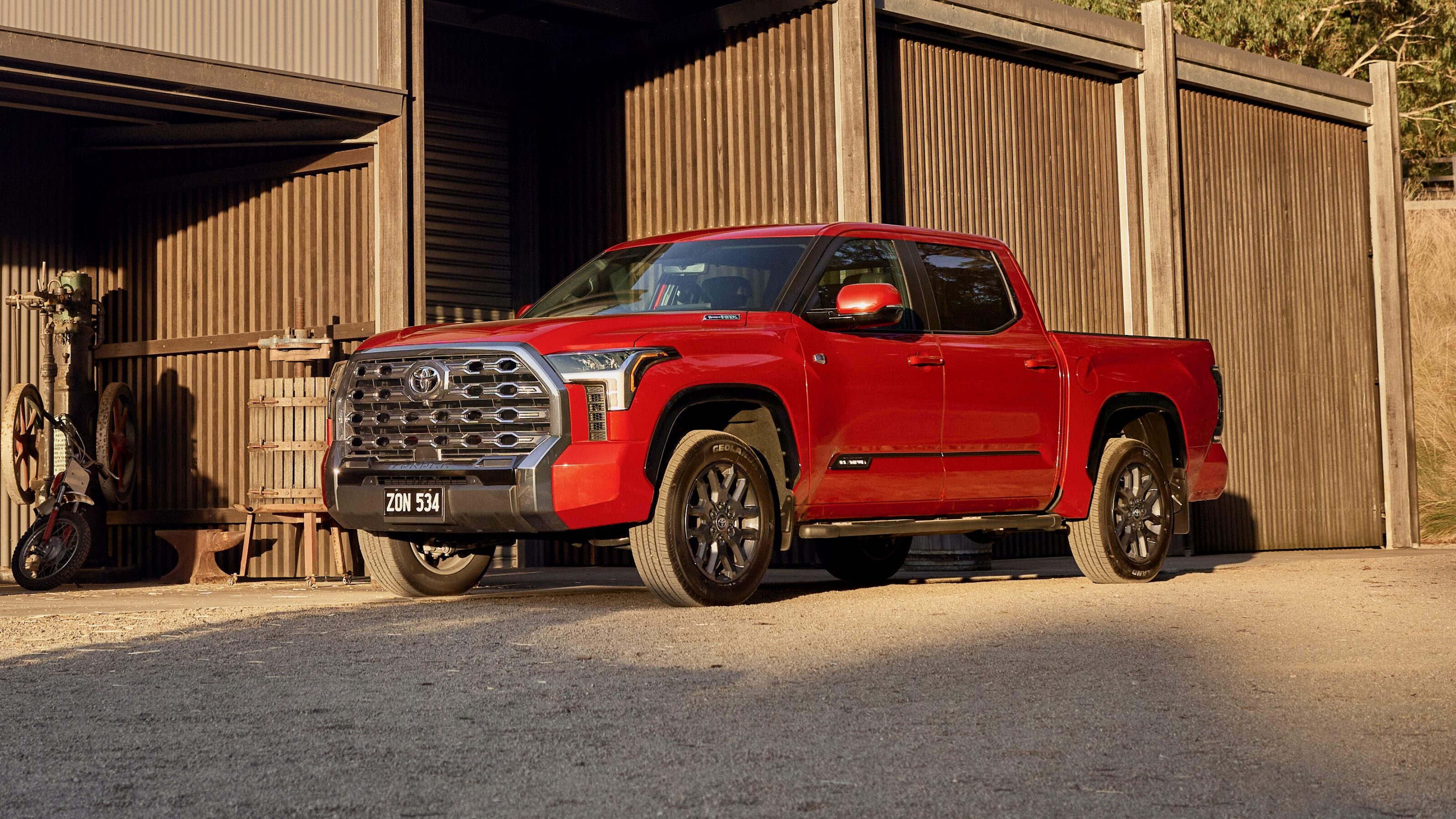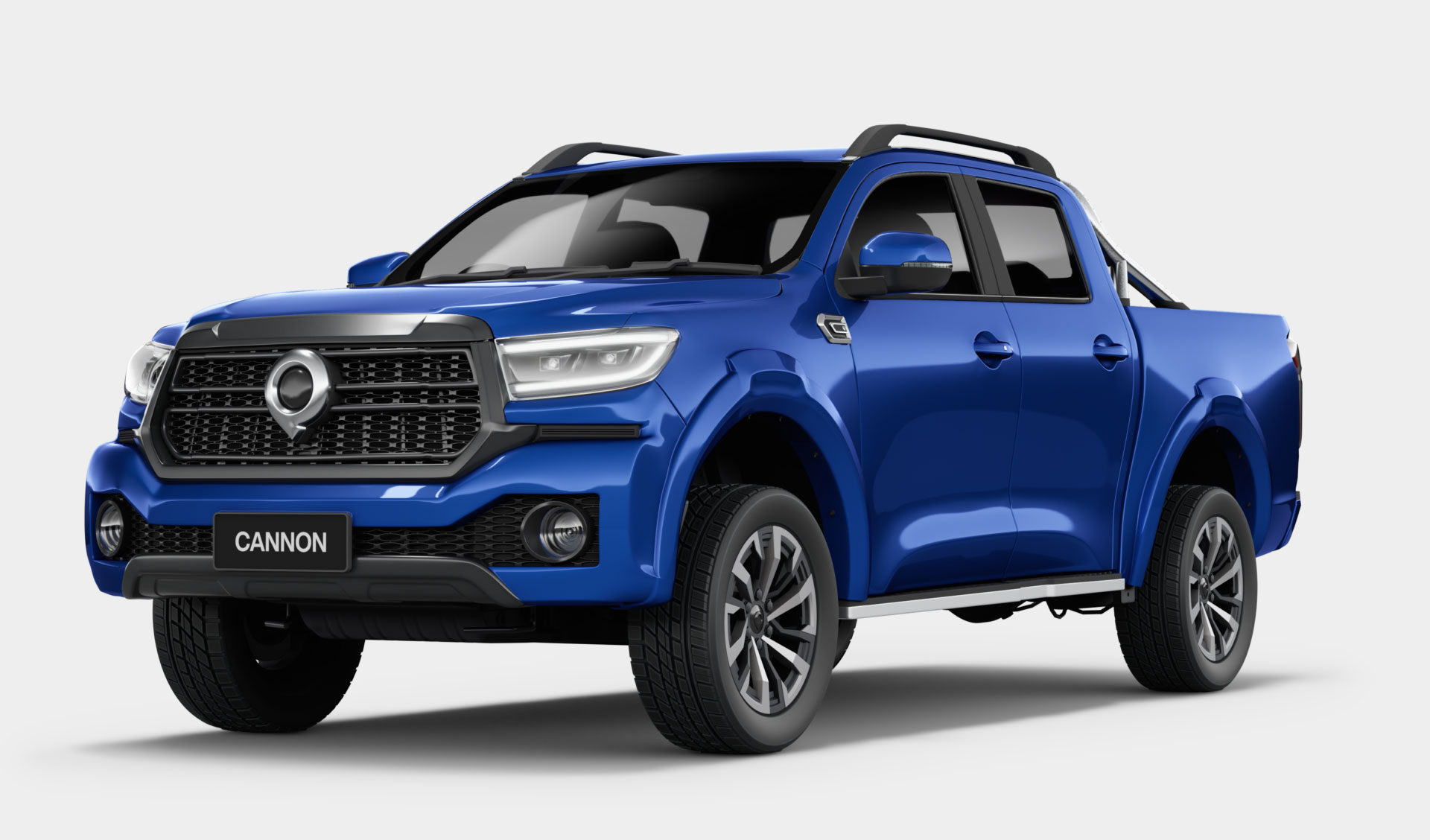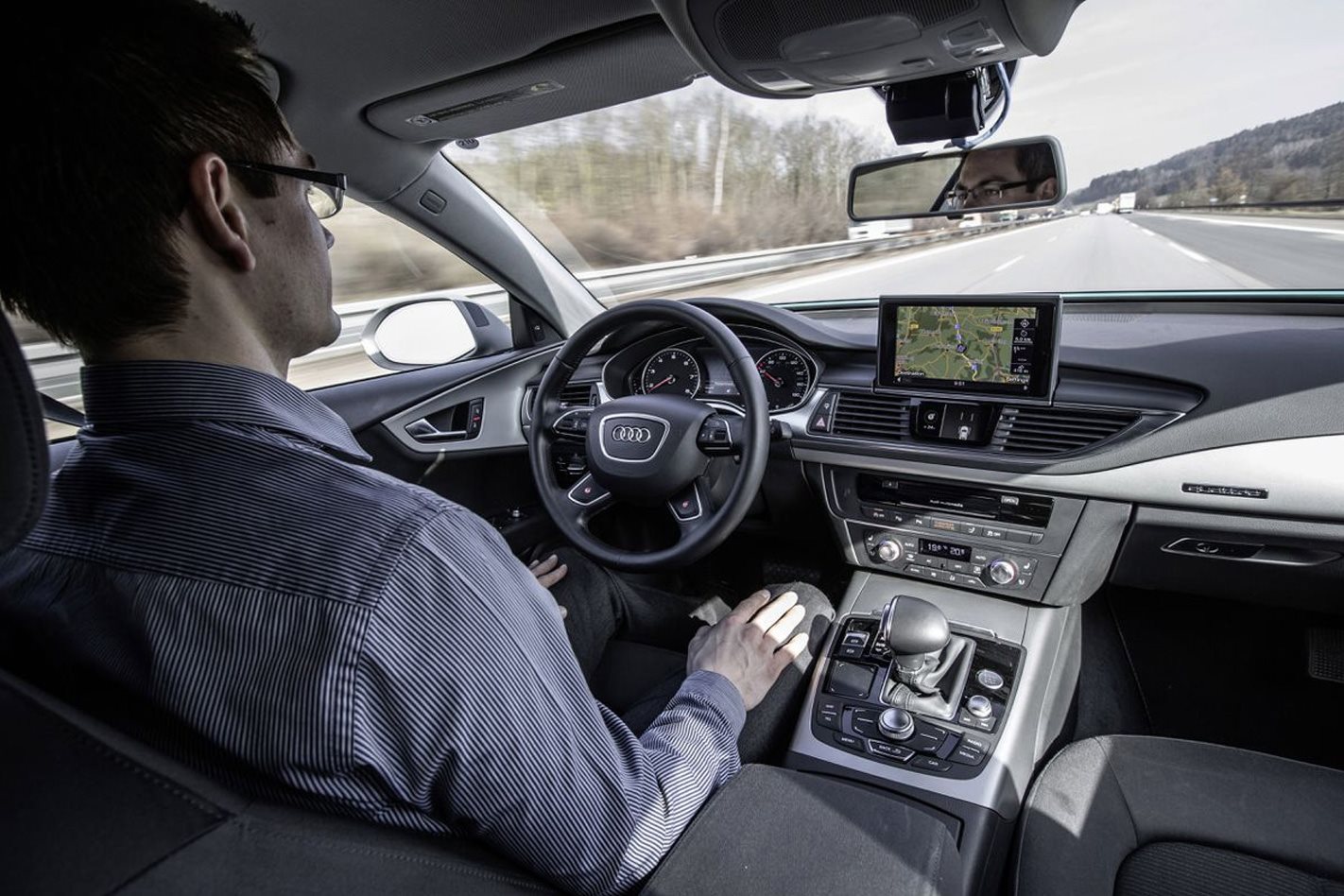
Undeterred by hobbling legislation and ongoing regulatory battles, Audi is persevering with the next-generation of self-driving technology that will follow in the footsteps of its new A8 flagship.
Until an agreement can be struck regarding exactly how autonomous cars should be regulated, the freshly unveiled large luxury sedan’s so-called ‘level three’ self-driving ability will remain switched off – but the German car maker is pressing on with the next chapter in driverless tech regardless.
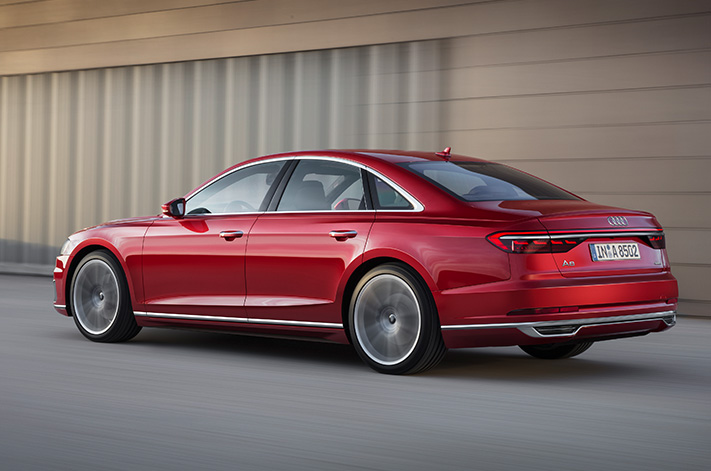
Under the widely accepted five-tier autonomy system, level three is a significant step beyond level two and marked by a vehicle that can proceed without any driver intervention under certain specific circumstances – something the A8 has been developed to do when the time is right.
Achieving level-four is more of a leap than a step and will require even greater advances in driverless technology than the German car maker has already made, it says.
Speaking at the Audi Summit in Barcelona, the engineer Audi describes as ‘Mr Piloted Driving’ Alejandro Vukotich said that when looking to the next step in autonomy, it is important to recognise that there are two distinct applications for level-four autonomous capability.
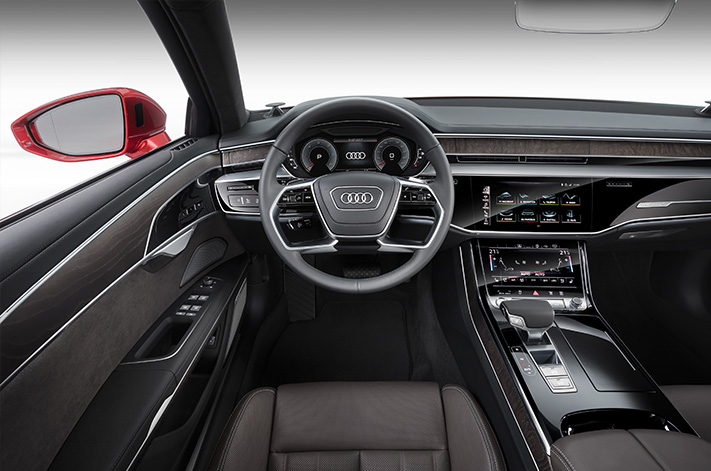
According to the Audi engineer, an ongoing project with German technology partner EID will spawn the next significant milestone in driverless vehicles.
“My wish is to make it more clear that there are two different use cases,” he said. “You have a mobility service or an ownership car. I think that the transport ‘robo-taxi’ mobility will happen first.
“We are working on that. We found a company in Munich called EID and they are developing the technology for a robo-taxi. So we are committed to that and developing it.”
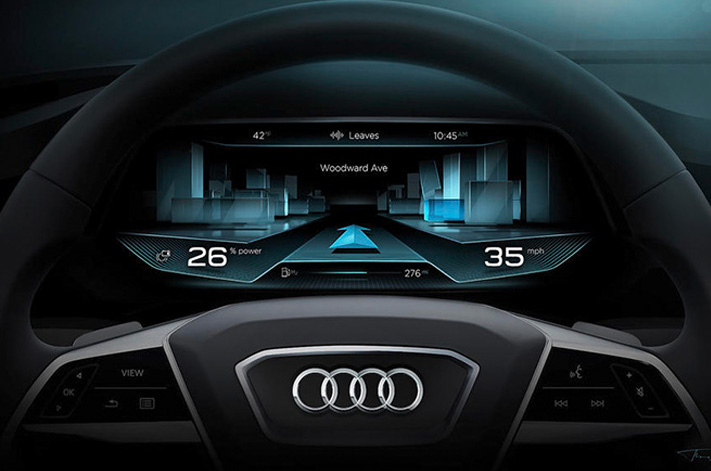
Vukotich explained that the task of creating a business case for an autonomous taxi was easier than that of privately owned cars.
“Robo-taxi doesn’t have to look perfectly designed. You can put other sensors on the roof or somewhere else than on an ownership car, put those things on an ownership car and no one will buy your car.
“You are also replacing a driver and a driver has a cost factor so the business case financially will make sense. With ownership – it’s just the value that you give to it.”
Vukotich made a rough prediction that the next significant step could be seen early in the next decade and although the two applications would differ to begin with, the technologies involved would gradually align.
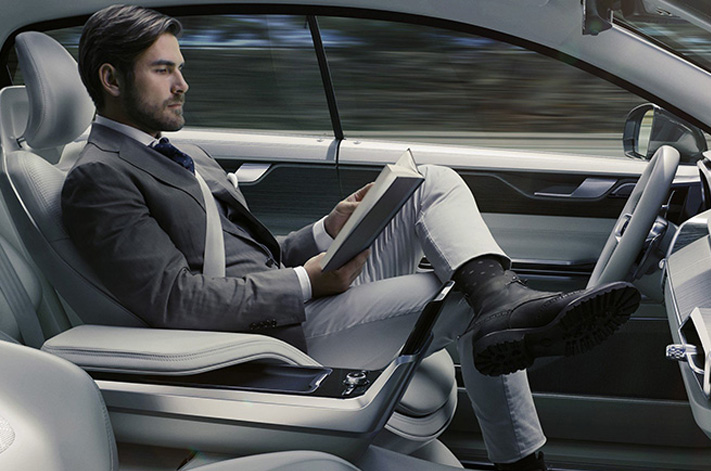
“I think that the next steps of bringing more level three systems and maybe level four for ownership cars will be around 2021 or 2022,” he said.
“The technology will share some components but it will still be very use-case focused over the next years, but after a certain time we will start to share more.”
Unlike some manufacturers who have remained coy when it comes to the tenuous subject of liability, Vukotich was clear where Audi stands with its technology and the risk involved with self-driving cars.
“The one who is responsible is the one who is driving the car,” he said. “If it’s the machine, it’s the car and the factory. If it’s the driver, it’s the driver.
“Liability in Germany, for example, is solved that the car owner is always liable for his car but the insurance then can investigate what happened. They can make the car manufacturer responsible if it can be proven that it was a technical failure.
“We have a black box in the car so we can always read the data and find out who was driving the car when something happened.”

In terms of the level-three technology that is currently hamstrung by legal hurdles, Vukotich said he expected the legislation to be resolved soon and the A8 features can be gradually introduced before being followed by other Audi models.
“We will launch the parking pilots by the middle of next year and then step-by-step bring additional piloted functions in all our cars.
“We believe that Germany will be the first. Because we have a legal fabric that gives us a certain frame where it can go through homologation. I think it’s also easier to start in a country where the environment is most structured.
“We’re starting it on our top-line model and we will give it to our other models.”


